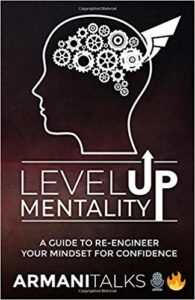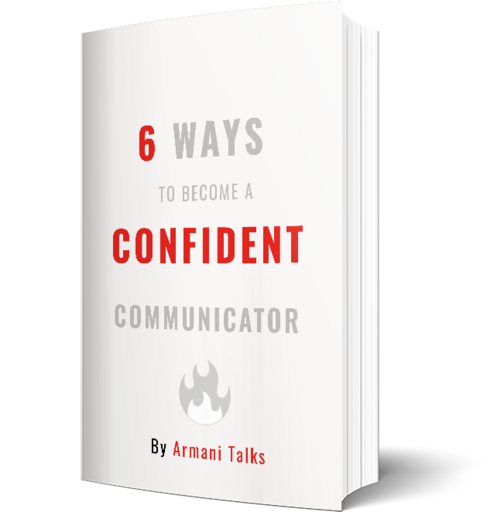Data Storytelling for Dummies: What is It?
Data storytelling is becoming a popular phrase as of late.
This is one of the fields that will be responsible for merging the technical world with the creative world.
What took so long?
As information technology has advanced, we have been leveling up our data storage game.
Companies have acquired more data in the past 12 years than all the prior years in history.
That’s how gargantuan the digital progress has been.
Data by itself means little.
The goal is to turn the data into meaningful insights.
That’s where data storytelling is born.
In this article, I’m going to share a dummies guide into understanding this field.
We will understand some concepts of gathering data, cleaning it up & finding the context beneath it all.
No matter which field you’re in, understanding some basic data storytelling principles will help you out.
My First Encounter with Data Storytelling
In my final year of my master’s, I had a project coming up.
I was given access to a bunch of data for a company & had to give a presentation on it for the class.
The purpose of the presentation was to share:
- Why was this data important?
I was given a bunch of data for Air BnBs in Chicago.
More specifically, a few particular neighborhoods.
At first, I was blankly staring at all the data and had no clue what to do with it.
That’s when I got my first insight:
Data by itself doesn’t mean much.
The question is, so what?
That’s when I got more data for nearby restaurants.
And I saw that there were certain neighborhoods that would go to certain restaurants.
Maybe because the restaurants were close by?
No, as I looked closer, there were people walking PAST the close restaurants to walk to the further ones.
The close restaurants were chains and the far ones were restaurants authentic to Chicago.
This gave me an insight that the Air BnB guests were probably visiting nationally or internationally and wanted to get authentic Chicago food, whether it meant walking further or not!
That made sense.
What kind of savage travels somewhere new & eats McDonald’s? Jk lol.
How smart would it be if a restaurant owner of authentic Chicago food built a store right next to that neighborhood?
Fundamentals of Data Storytelling
From this story, there are a few things you should know:
- Data = Unstructured
- Information = Structured data
- Story = Information with personality
If we have a bunch of data, that’s great.
That’s better than having nothing.
At this stage, we have high entropy.
‘Entropy?? That seems like a scary word!’
No, it’s not.
- Entropy = High Disorder = Little Meaning
Our goal as the data storyteller is to get the data and create meaning out of it.
We want to see what the data is telling us.
This is when we want to observe without bias.
The ‘without bias’ part is important.
If you have a bias, you’ll see whatever you want to see.
That’s how data is used to spread lies and brainwash people.
But if you keep humbling yourself and remaining in curiosity mode, the more your perspective will open.
As you start seeing certain patterns, you’ll often need to get more data at that point.
The more content you have, the more you are capable of spotting a context.
Remember, we are going through the data for a reason.
Our goal is to provide useful value.
‘Useful value to who?’
To people.
How to Add Value to People
There’s a big difference between information and a story.
Information is something that you can Google.
A pie chart is information.
Whenever you create a story, understand that you are talking to people’s identities.
Their identity has emotions, memories, intellect, and all that.
But to dumb it down even further, picture humans have a sign on their forehead that writes:
‘What’s in it for me?’
Or:
‘Who gives a fuck? I could be watching Squid Games right now.’
If you enter the data like that, then it will become much easier to not only extract information from the data…
But to deliver a story with the information that you get!
How do you turn the information into a story?
- Know who you are talking to.
- Give examples and analogies.
- Don’t share more than you need to.
These 3 steps are what’s needed to turn your data into a story.
So, here’s the sequence:
- Data to information.
- Information to story.
Where to Practice Data Storytelling
‘I’m not in a technical field right now. How can I practice data storytelling?’
You don’t need to be in a technical field, data doesn’t discriminate.
Let’s say you started a diet and got a Fitbit to track your health metrics.
6 days out of the week, you follow your diet.
But one day, there is a massive spike which indicates you ate too many calories.
The spike shows up every Tuesday.
Tuesday happens to be Taco Tuesday.
6 days, you are so healthy.
But since you overdo Taco Tuesday so much, you outweigh your good efforts from the prior 6 days.
Why?
When you brainstorm, you’ll notice a story is being presented.
It’s because you are eating too healthy or you like tacos a lot.
Let’s say you know yourself and you reach the conclusion you are eating too healthy for the other 6 days.
Maybe you need to find a way to manage your diet where you aren’t eating only chicken and broccoli.
Maybe you need to understand your body better.
Experiment more.
But what you can tell from the data is:
- Your body is fighting your excess discipline.
Notice what you did!
You turned random numbers and data into an insight.
The insight may need some refining.
But it’s the principle that matters:
Data -> Useful information that impacts a human.
That’s data storytelling.
The Future of Technical Storytellers
People still think we are in the Information Age.
That’s false.
We are in the Storytelling Age.
Eventually, companies are going to need more people to put data into context.
In the Storytelling Age, short stories are going to become more popular.
That’s because attention spans will continue to drop.
As attention spans drop, you need to wrap insights into tiny tales.
Looking to level up your short stories game?
Then get a head start by checking out my Short Stories for Dummies Class:
MASTER SHORT STORIES






